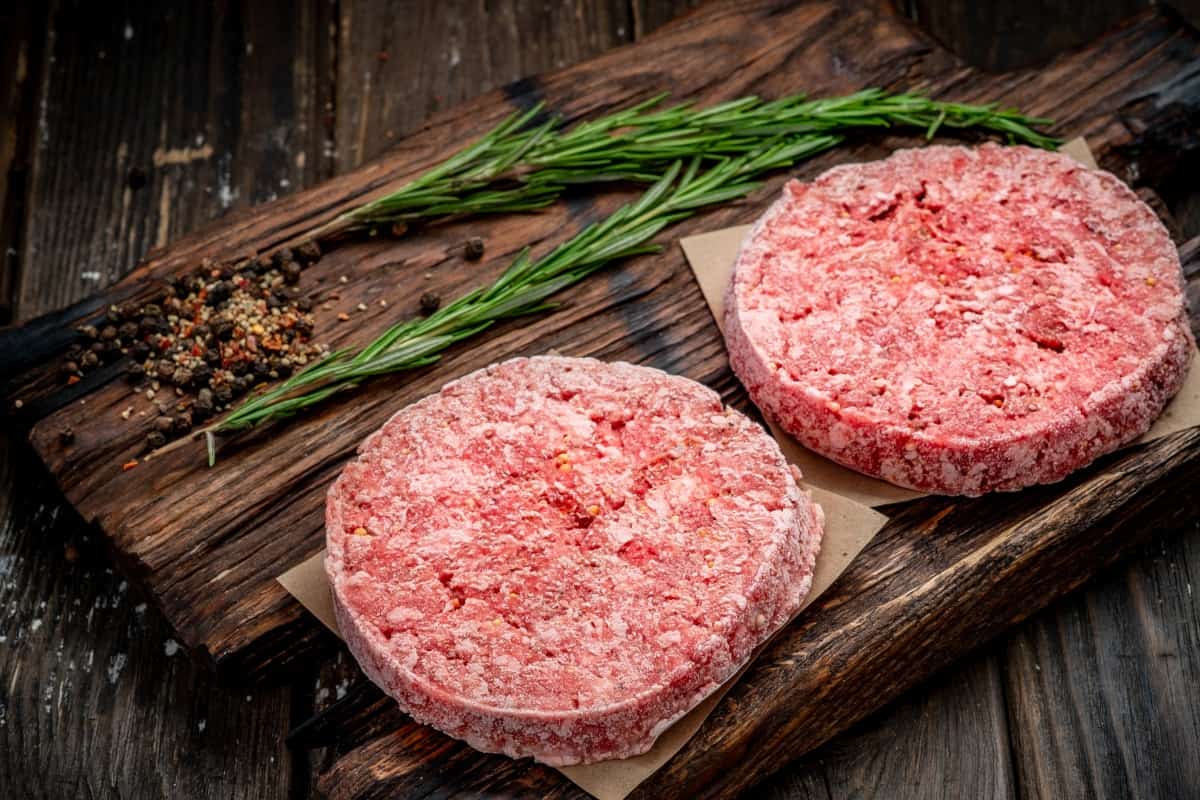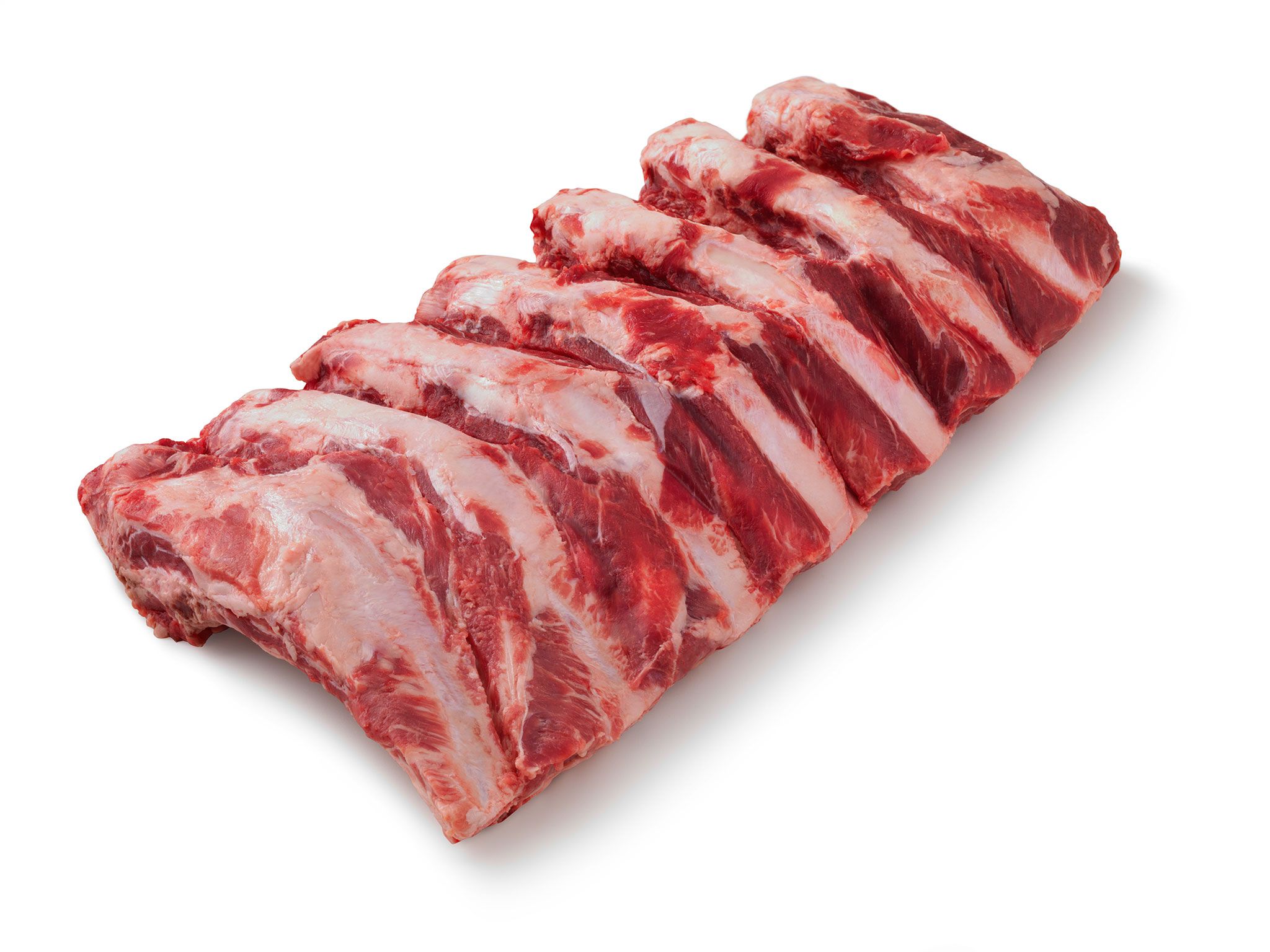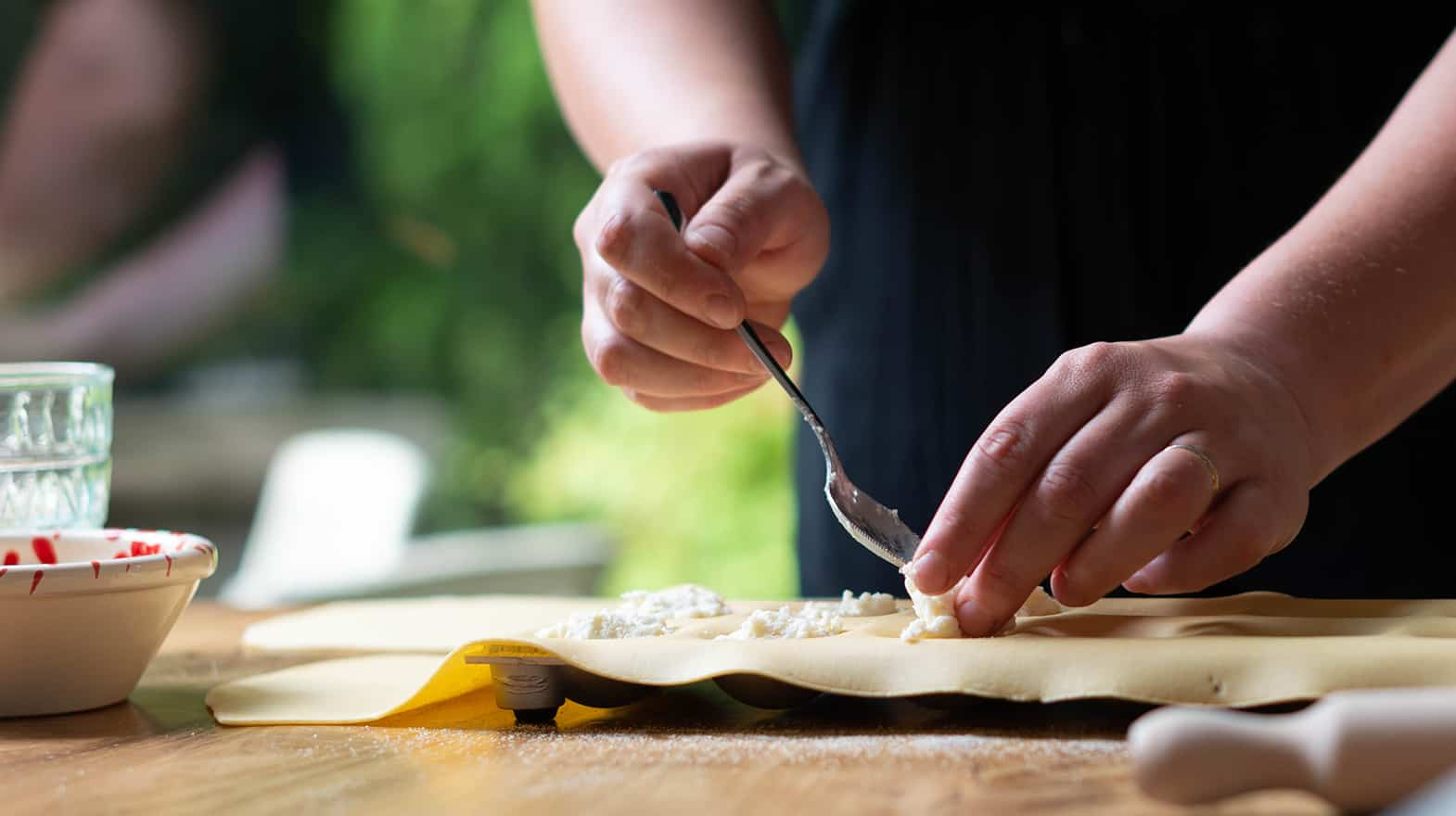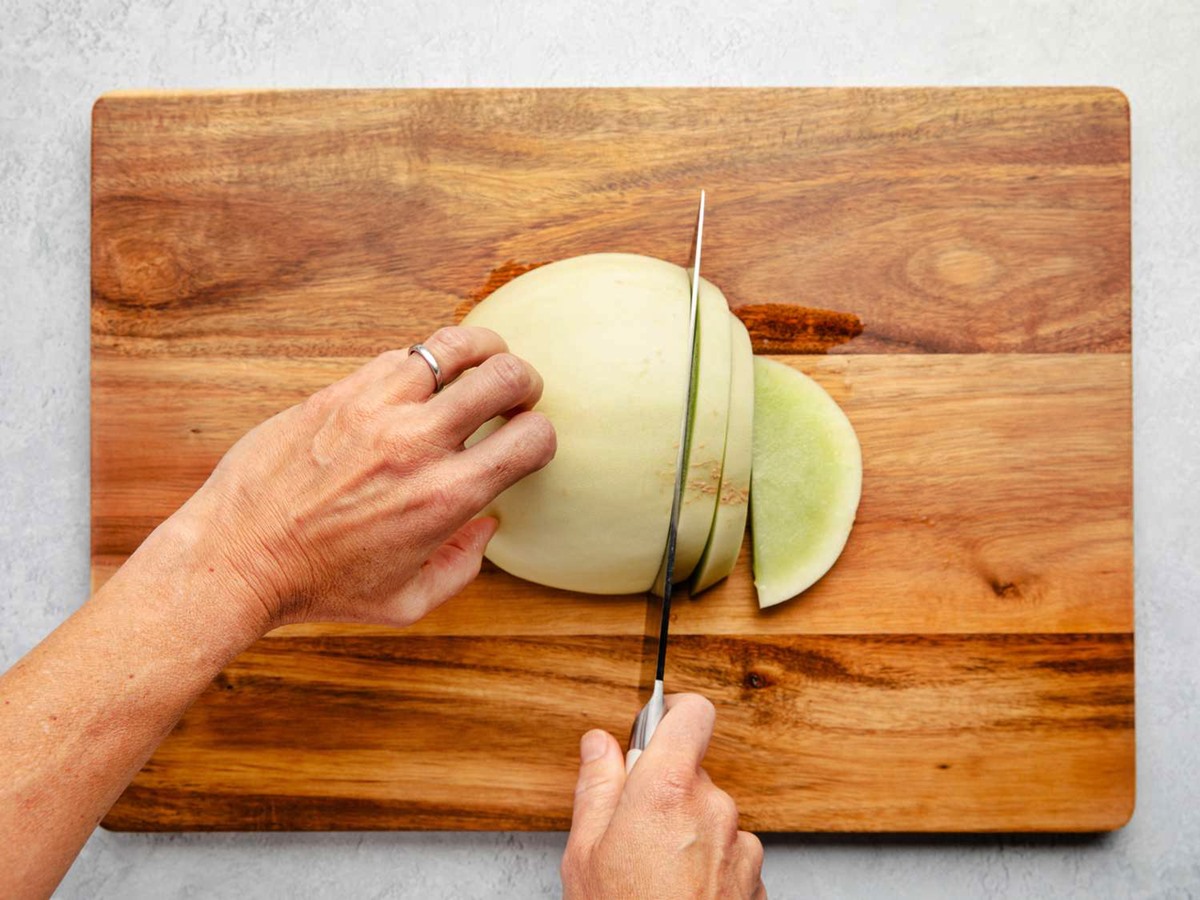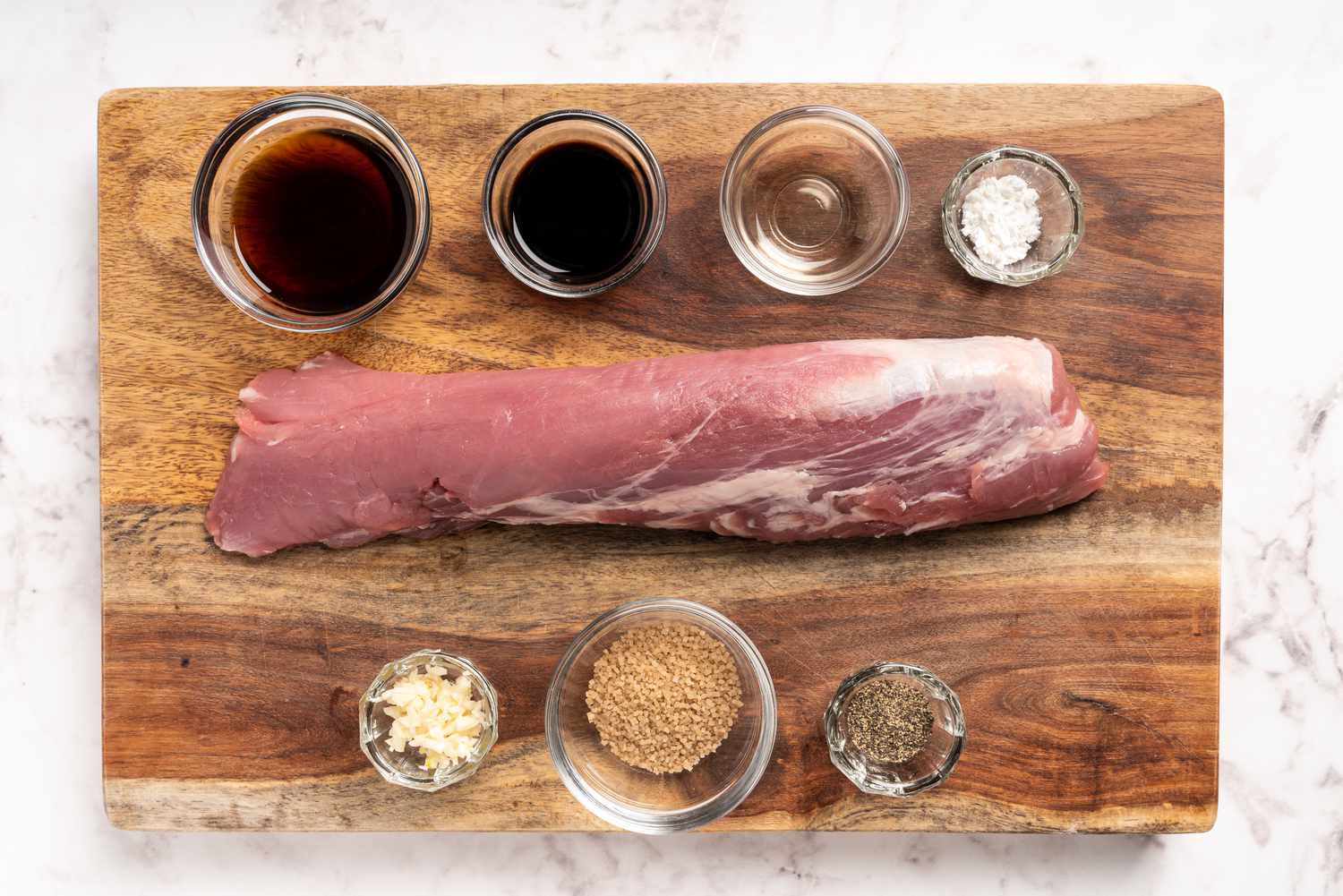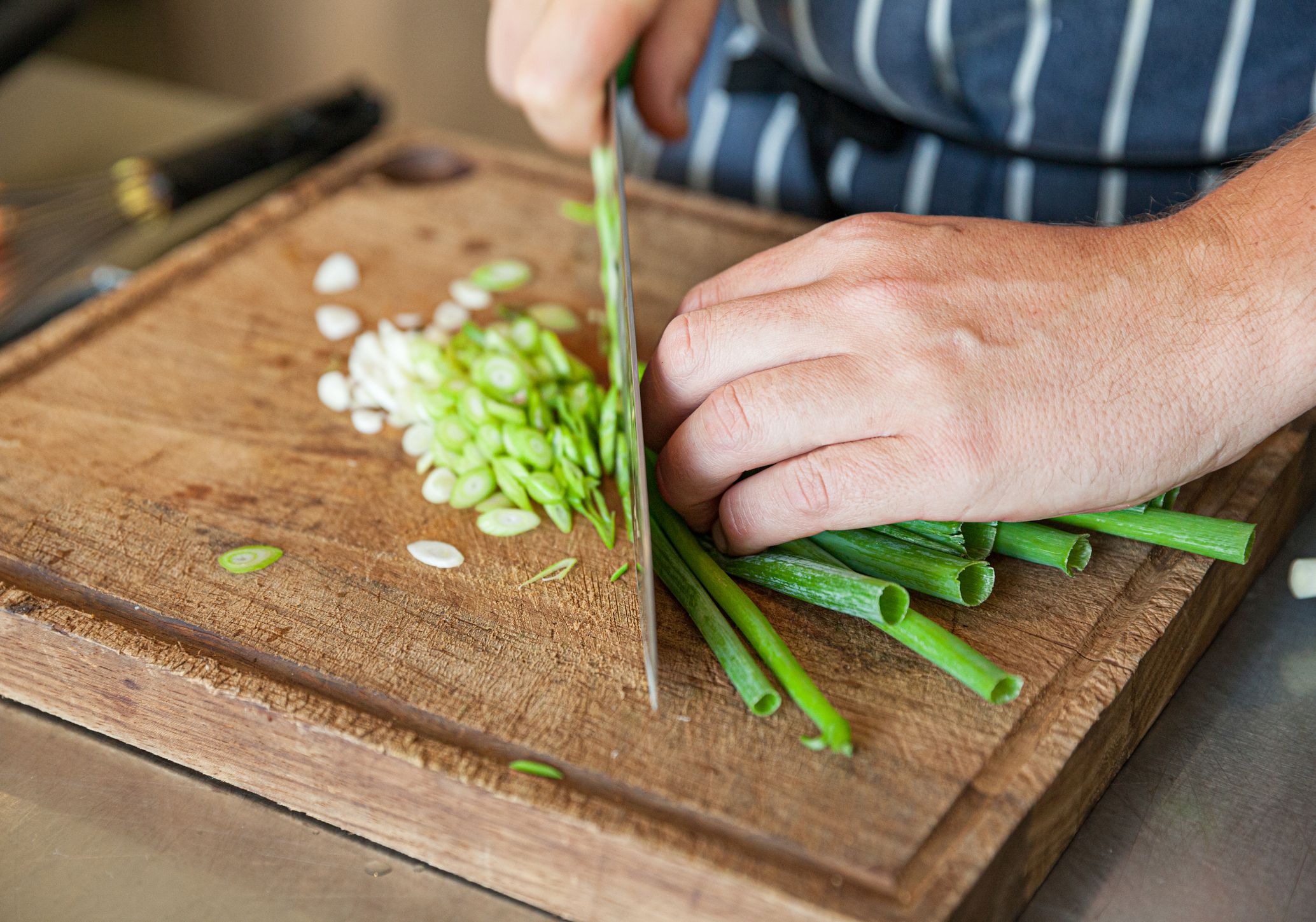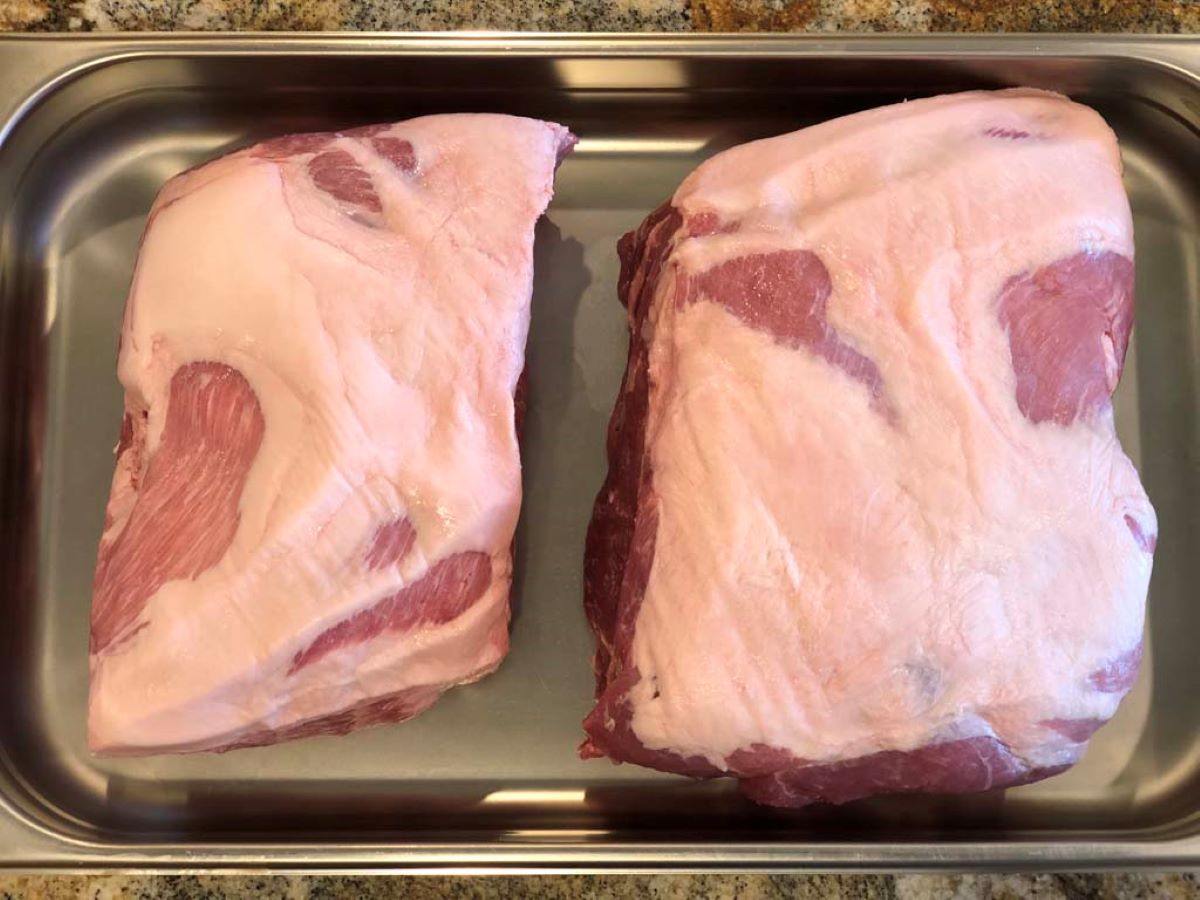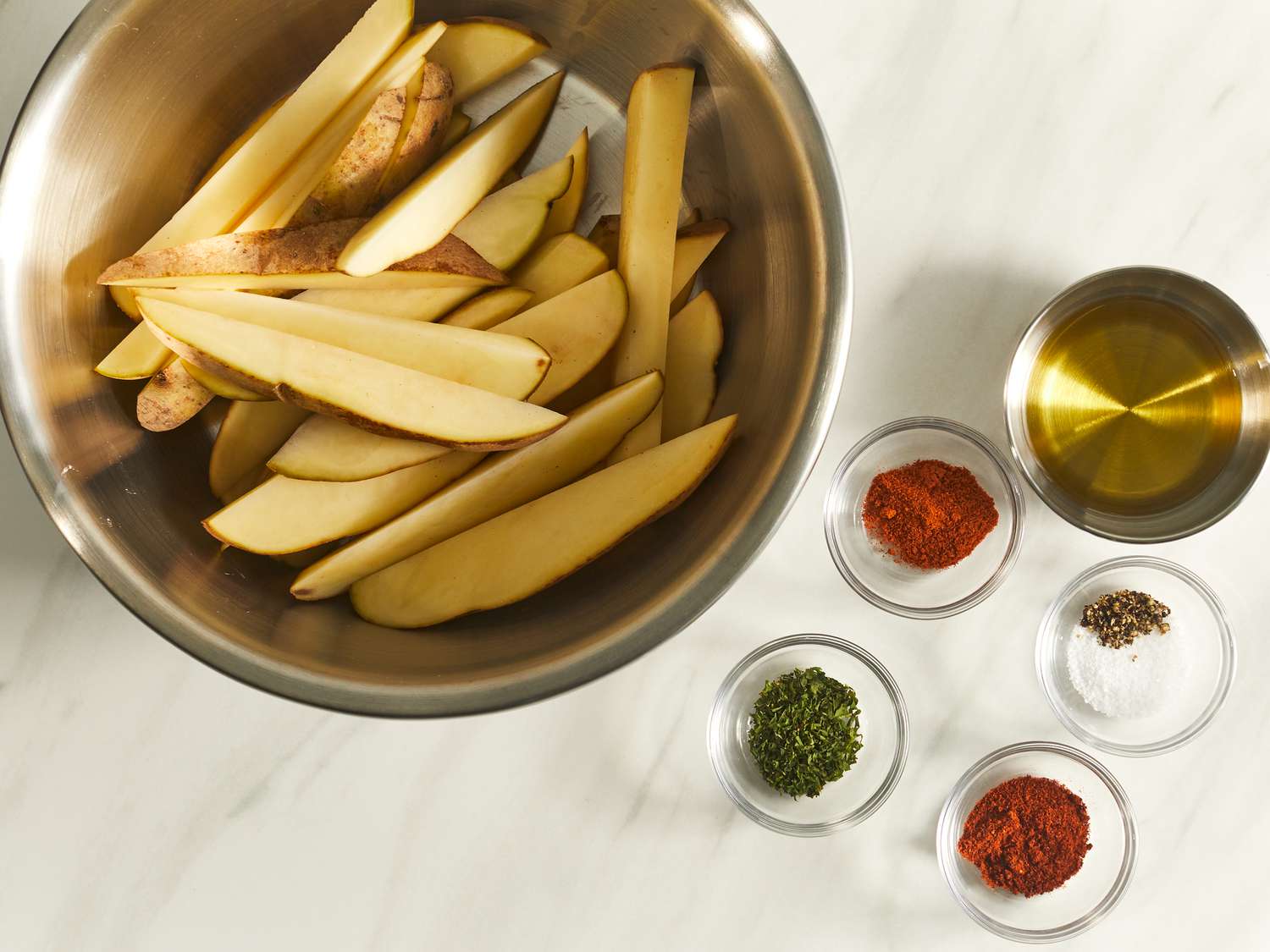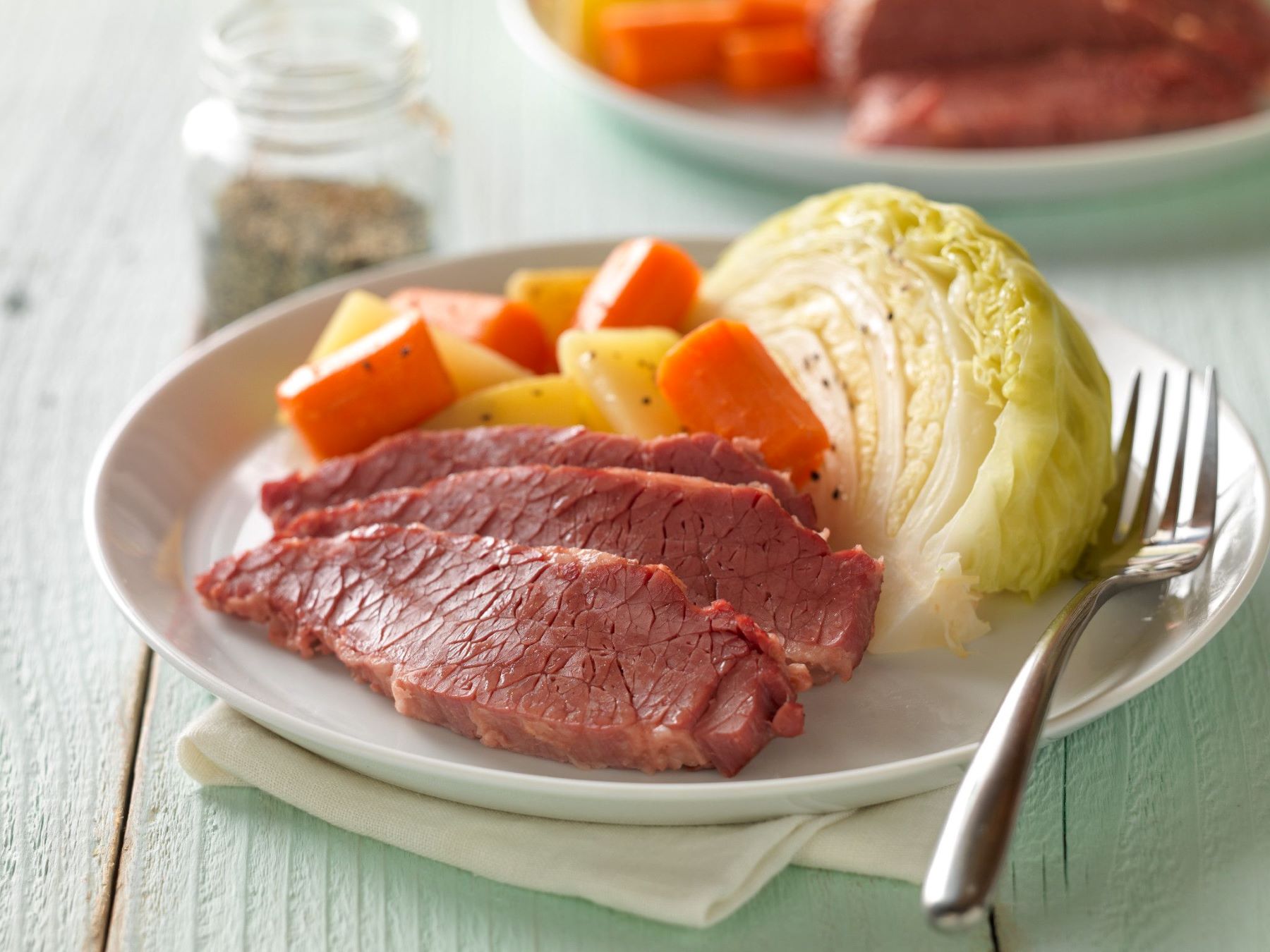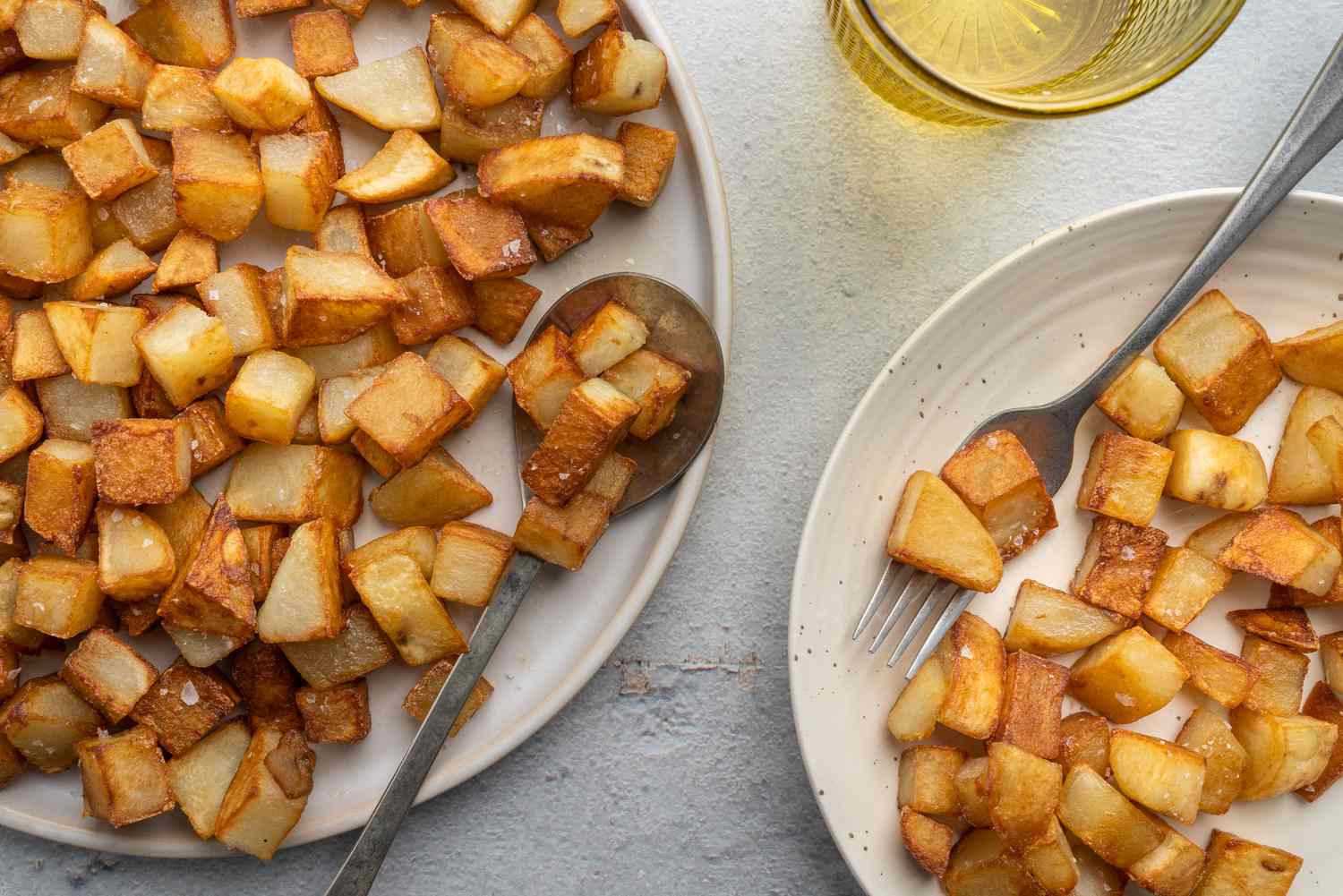How To Cut Spaghetti Squash
Spaghetti squash is a delicious and nutritious alternative to pasta. Its unique texture and mild flavor make it a popular choice for those looking to add variety to their meals. However, many people find the task of cutting a spaghetti squash intimidating. In this guide, we will walk you through the steps of cutting a spaghetti squash like a pro.
What You’ll Need:
- A sharp chef’s knife
- A sturdy cutting board
- A dish towel or cutting glove (optional, but recommended for safety)
Step 1: Prep your squash
Before you start cutting, it’s essential to prep your spaghetti squash properly. Begin by washing the squash to remove any dirt or debris on the surface.
Step 2: Safety first
While spaghetti squashes are not as tough to cut as butternut or acorn squashes, using caution is essential. If you have a dish towel or a cutting glove available, use it to provide extra grip and protection.
Step 3: Remove the ends
Using your chef’s knife, carefully cut off both ends of the spaghetti squash. This will create flat surfaces to work with and make it easier to cut the squash in half.
Step 4: Halve the squash
With one of the ends removed, place the squash upright on the flat end. Apply steady pressure while cutting through the middle lengthwise. This process may require some strength, so take your time and be cautious.
Step 5: Scoop out the seeds
Once you have two halves of the squash, use a spoon to scoop out the seeds and stringy bits from the center. This step is similar to removing the seeds from a pumpkin.
Step 6: Optional: Microwave or steam
If you prefer a softer texture for your spaghetti squash, you can microwave or steam the halves before scraping out the “spaghetti” strands. Place the halves in a microwave-safe dish or steamer and cook for about 10 minutes or until tender.
Step 7: Scrape the strands
Using a fork, gently scrape the inside of each squash half to release the spaghetti-like strands. The longer you scrape, the longer the strands will become. Continue scraping until you have removed all the spaghetti squash strands from both halves.
Step 8: Enjoy!
Your freshly cut spaghetti squash is now ready to be enjoyed in a variety of delicious dishes. From simple pasta alternatives to stir-fries and casseroles, the possibilities are endless.
Now that you know how to cut a spaghetti squash, you can confidently bring this versatile veggie to your kitchen. Remember to exercise caution, use the right tools, and enjoy the delicious rewards of your kitchen skills!
Was this page helpful?
Read Next: How To Cut Watermelon Sticks
